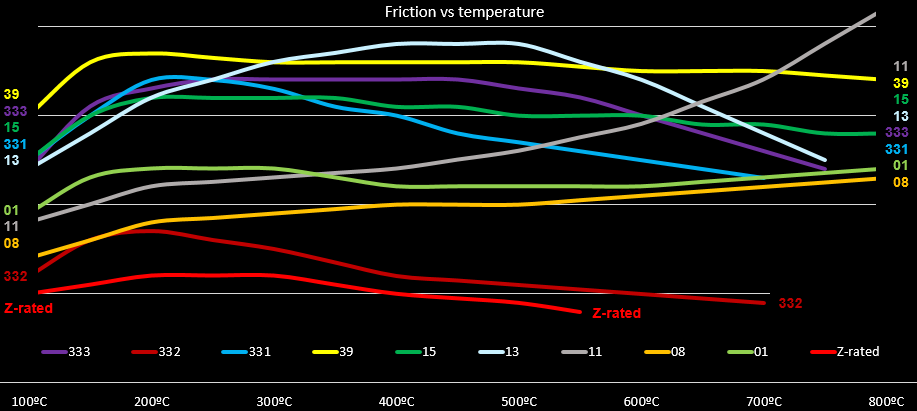I could use some advise here on brake master cylinder sizing.
My KVA B type has Jaguar XJ series 2 brakes all around (as its part of the B type development).
Google tells me:
Series 2 XJ has four pot callipers up front, 4 pistons 48mm/1.89in each side.
11.22 sq/in piston area.
Rear has two pot callipers, 2 pistons 43mm/1.69in each side.
4.48 sq/in piston area.
The series two has a Tandem master cylinder size, 24mm/0.9450in.
I have a feeling my current Bias brake box has undersized master cylinders for the brake fluid demand as pedal travel is all the way down before serious braking happens. Pedal travel is full travel of the masters.
OBP bias brake box. Bias set as per instructions. 0.7 front master cilinder and 0.625 rear master cylinder.
Can someone shine a light on how to determine the correct master cylinders, do I need two 0.875 or 1" masters cyclinders to get equal to the Jaguar XJ tandem system?
Thanks in advance.
My KVA B type has Jaguar XJ series 2 brakes all around (as its part of the B type development).
Google tells me:
Series 2 XJ has four pot callipers up front, 4 pistons 48mm/1.89in each side.
11.22 sq/in piston area.
Rear has two pot callipers, 2 pistons 43mm/1.69in each side.
4.48 sq/in piston area.
The series two has a Tandem master cylinder size, 24mm/0.9450in.
I have a feeling my current Bias brake box has undersized master cylinders for the brake fluid demand as pedal travel is all the way down before serious braking happens. Pedal travel is full travel of the masters.
OBP bias brake box. Bias set as per instructions. 0.7 front master cilinder and 0.625 rear master cylinder.
Can someone shine a light on how to determine the correct master cylinders, do I need two 0.875 or 1" masters cyclinders to get equal to the Jaguar XJ tandem system?
Thanks in advance.


